I Just Read That Bees Don't Have Lungs How Do Their Respiratory System Works??
I just read that bees don't have lungs how do their respiratory system works??
Correct. Insects do not have lungs they breathe through spiracles (tiny openings) that can open and close, as well as having filters to keep dust and other external contaminants out.

The spiracles run across their abdomen connecting to tracheae which is where oxygen exchange takes place (In mammals this happens in the blood), that then connect to tracheole. The air sacs expand and collapse so force the air in the spiracles and into the trachea and almost function in that they can reserve air in them so insects can conserve water.

Honey bees have 10 pairs of spiracles, 3 pairs on the thorax and 7 pairs on the abdomen. Bees can use and accelerate the passage of air in their bodies via their air sacs, contacting them and increasing their respiration rate.
This adaptive function of their respiratory system actually helps them to fly and the first few spiracles are used for air to exit while the others for air entering, they also have valves to prevent backflow. This also allows the bee to cool down or heat up if it needs to, which is why you’ll see bees abdomens wiggling while they’re resting. They’re forcing air in and out of their bodies in order to rapidly cool down or heat up, which is important for flight.

More Posts from Thejoyofscience and Others
Hitchhiking bacteria might help their host navigate via magnetic fields
Deep in the mud of the Mediterranean Sea, scientists have caught microscopic protists dancing to a strange beat—the beat of Earth’s magnetic fields. Now, a new study reveals how these tiny clusters of cells orient themselves along those fields: by letting magneto-sensing bacteria hitch a ride on their outer membranes.
Researchers used microscopes to examine protist-packed sediment taken from the bottom of the Mediterranean Sea near Carry-le-Rouet, France. When they placed a magnet with its north pole facing a water droplet from the sediment, the hundreds of protists inside immediately began to swim toward the droplet’s edge. When the researchers reversed the magnet so its south pole was facing the droplet, the protists fled in the other direction (above).

drowning in that lovin gendrya and braime juice


Aspirate of a mammary mass from a 8 year-old, female-intact, Yorkshire Terrier. The patient was found wondering in a field by a good Samaritan-turned-owner over the 4th of July weekend. Although she was acting normally, the owner brought the little dog in for a ‘look over.’ On physical examination a 2cm mass was felt in the left mammary chain. No obvious spay scar was present.
*
On cytology there were copious clusters of epithelial cells. These epithelial cells (top picture) were very non-descript, making for large, jumbled piles of cells. Notice how you cannot see any well-defined cell borders between them?? Just a ton of nuclei (and nucleoli) blending in together! That’s a sign of cell craziness! Many clusters were surrounded by this gorgeous, pink-magenta material. Likely secretory product or matrix.
*
Cytologic diagnosis: Mammary tumor! Although the cells look quite malignant on cytology, many studies have shown you cannot reliably determine malignancy with cytology alone. Thus, you NEED a biopsy to determine if a mammary tumor is malignant or benign in a dog. And flip a coin on that - about 50% are malignant and 50% are benign. Intact female dogs have an almost 35% lifetime chance of developing one of these beasts!
Sanity check
Hi everyone, I overheard a very troubling conversation between a neighboring grad student and my PI. In this conversation, the neighboring grad student said the following:
She has no work-life balance. Most of the times, she comes in very early in the morning (before 7 or 8 AM) and leaves very late (after 10 PM).
She says she’s fine with this but also says she’s under constant state of stress because of her PI’s expectations, and my labmate and I have actually ran into her crying in the stairwell.
She’s actually concerned about her peers when they can relax in the evenings instead of being in lab or at least working from home, or when they get to do things on the weekends.
I just want to see how other PhD students are handling their work-life balance after hearing this conversation just to make sure I’m not slacking off.
For me, I come in 9 AM - 5 PM (sometimes staying later depending on experiments, but this is NOT the norm). Sometimes, I come in for a few hours on the weekends to speed things up or if need be (also not the norm). After dinner, I usually do homework, prepare powerpoints for journal clubs or seminar presentations and other non-lab related things, but sometimes I do some work (interneuron quantifying, schedule and plan experiments for the next day/week, etc). I do want to incorporate more literature reading in the evenings or mornings. Regardless, the majority of my work is done on the weekdays 9 AM - 5 PM.
My reasoning is that I’d rather go “normal” pace and steady since I’ll be here for 3+ years to avoid burning out. I want to enjoy my work, and that’s not happening if I feel like I NEED to be here and NEED to do all these things on this impossible schedule. I have been having thoughts of mastering out in the back of my mind, but at the end of the day, I do enjoy my work and my PI’s mentorship and I think I can learn a lot more being here for 3+ years of my PhD.
In addition, we get paid barely above minimum wage as a grad student if we work 40 hours a week. During crazy weeks (which everyone has), that increases by a lot, which means we get paid less than minimum wage, for very specialized and skilled works. Yes, we are in training as PhD students, but if the expectation is for us to work all day, all night, all week, then the PhD feels less like training and more like slave labor disguised as training.
How are your schedules like as PhD students? @cancerbiophd @queenofthebench @whitecoatjourney @adorable-amygdala and many others!

Kim Weaver (b. 1964) is an astrophysics professor and astronomer. She is an expert in x-ray astronomy and has worked for NASA’s Goddard Space Flight Center.
She obtained her PhD in astronomy in 1993 from the University of Maryland. After that, she was a research scientist at Penn State and John Hopkins University. Her honours include the Presidential Early Career Award and the NASA Peer Award.
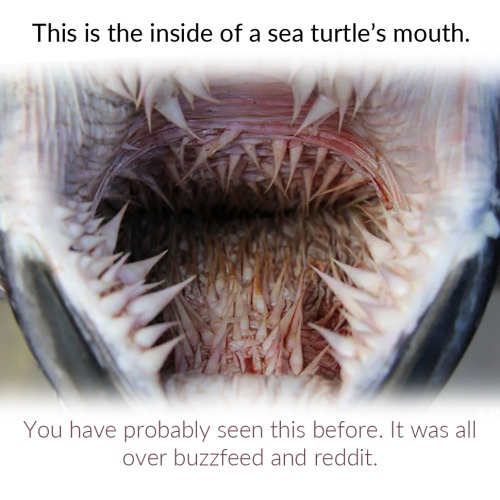
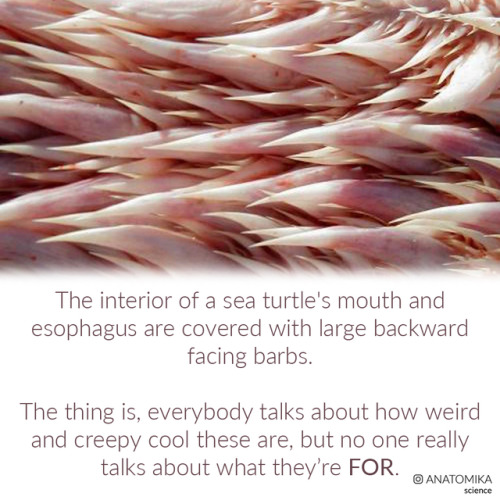
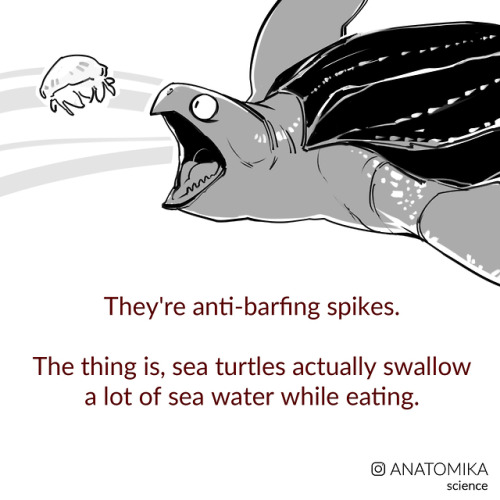
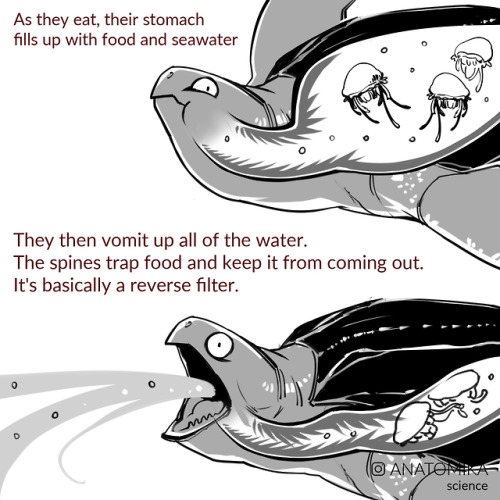
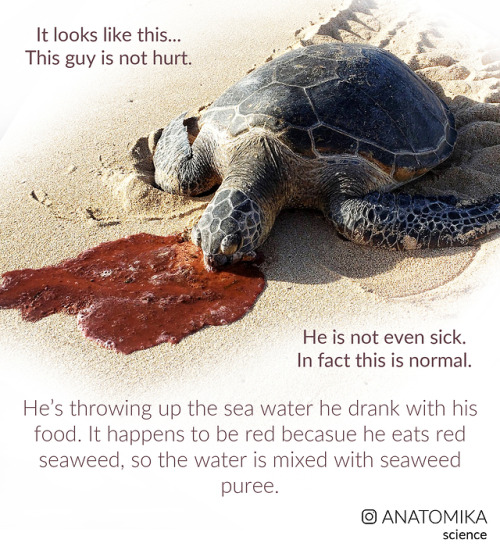
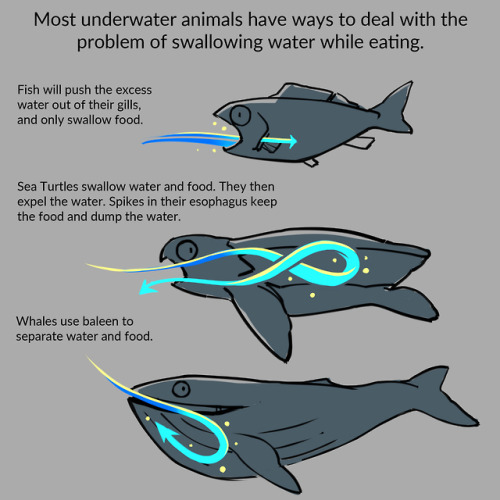
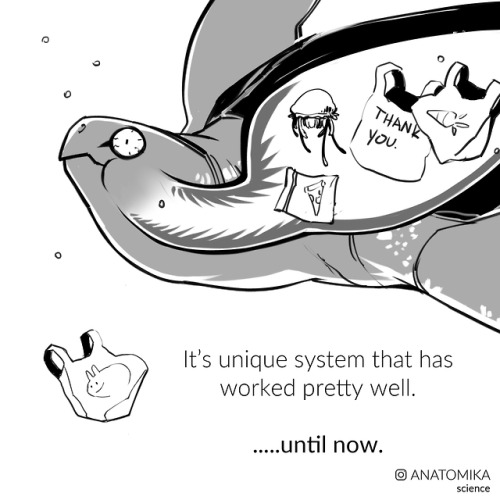
ANTI-BARFING SPIKES.
This is why they have such a problem with plastic bags. It’s because the unique structure of their esophagus makes it so that they can’t get rid of them.
Other places to see my posts: INSTAGRAM / FACEBOOK / ETSY / KICKSTARTER


Urine sediment from a 6 year-old, male-intact, Rottweiler. The patient has a multi-year history of recurrent urinary tract infections. He recently presented to his primary care veterinarian for being unable to urinate. Radiographs showed no bladder stones, but a penile ultrasound showed many obstructing the urethra. The dog was then referred for surgery to relieve the obstruction…
*
The surgeons were kind enough to snag us some urine! The urine was full of these hexagonal crystals….consistent with cystine crystals! Yes, the amino acid cystine. In addition, there were all shapes of sperms (see them swimming in the background!) along with many inflammatory cells and some bacteria.
*
Diagnosis: Cystine crystalluria. This is a very rare occurrence in veterinary medicine! Such patient’s often have a genetic defect in the metabolism or transport of cystine, allowing the amino acid to accumulate in blood. Once it filters into urine, cystine will polymerize into crystals and sometimes form stones. Cystine stones do not obstruct x-rays…hence they cannot be found on standard radiographs (termed radiolucent). The patient is recovering well following surgery, and may require a special diet to help with his disease.
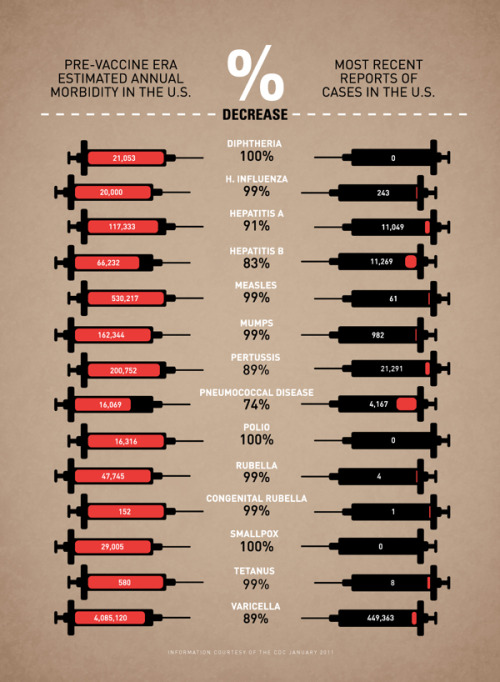
Vaccine Infographic by Leon Farrant.
I often speak with patients who tell me that they do not wish to be vaccinated because they do not see the point, that it is a farce, that it can cause autism (it does not), despite educating and informing them of the reasons behind it.
In the same way that people who did not grow up during the great wars of the mid-twentieth century have little frame of reference as to what the toll of total war can be, neither can a newer generation of people who have never seen the effects of polio, smallpox, and measles ravage humanity. For many people in the developed world, these are just distant, faded memories captured in the pages of medical textbooks.
I sincerely hope that the understanding of why we vaccinate does not become lost over time, that people need not fall victim to these preventable diseases; otherwise, the suffering, the challenges, and the research that went into developing these vaccines were all for nothing.
underappreciated form of humor: using incorrect long forms of proper names i.e. Craigory, Bobert, Barold, etc.
Me whenever I see a corporate ad trying to say “we’re all in this together”:

-
 antleredart liked this · 4 years ago
antleredart liked this · 4 years ago -
 genderfuckt reblogged this · 4 years ago
genderfuckt reblogged this · 4 years ago -
 secretssnow liked this · 5 years ago
secretssnow liked this · 5 years ago -
 asheetoftissuepaper reblogged this · 5 years ago
asheetoftissuepaper reblogged this · 5 years ago -
 riotouseaterofflesh reblogged this · 5 years ago
riotouseaterofflesh reblogged this · 5 years ago -
 wallsandsound reblogged this · 5 years ago
wallsandsound reblogged this · 5 years ago -
 asheetoftissuepaper reblogged this · 5 years ago
asheetoftissuepaper reblogged this · 5 years ago -
 asheetoftissuepaper liked this · 5 years ago
asheetoftissuepaper liked this · 5 years ago -
 pleasespellchimerical reblogged this · 5 years ago
pleasespellchimerical reblogged this · 5 years ago -
 stilesiscrusty liked this · 5 years ago
stilesiscrusty liked this · 5 years ago -
 ace-idiot-15 liked this · 5 years ago
ace-idiot-15 liked this · 5 years ago -
 beansbeebbenas reblogged this · 5 years ago
beansbeebbenas reblogged this · 5 years ago -
 beansbeebbenas liked this · 5 years ago
beansbeebbenas liked this · 5 years ago -
 thesquidofthelake liked this · 5 years ago
thesquidofthelake liked this · 5 years ago -
 chiefofboatwatsonstittymug reblogged this · 5 years ago
chiefofboatwatsonstittymug reblogged this · 5 years ago -
 chiefofboatwatsonstittymug liked this · 5 years ago
chiefofboatwatsonstittymug liked this · 5 years ago -
 swordflowers reblogged this · 5 years ago
swordflowers reblogged this · 5 years ago -
 creaturebrandishingalittleteacup liked this · 5 years ago
creaturebrandishingalittleteacup liked this · 5 years ago -
 wallsandsound liked this · 5 years ago
wallsandsound liked this · 5 years ago -
 animauxstudyblr liked this · 5 years ago
animauxstudyblr liked this · 5 years ago -
 fantabulisticity liked this · 5 years ago
fantabulisticity liked this · 5 years ago -
 snusmumriken113 liked this · 6 years ago
snusmumriken113 liked this · 6 years ago -
 jdmara liked this · 6 years ago
jdmara liked this · 6 years ago -
 kiankheong liked this · 6 years ago
kiankheong liked this · 6 years ago -
 presidentjovanftw liked this · 6 years ago
presidentjovanftw liked this · 6 years ago -
 presidentjovanftw reblogged this · 6 years ago
presidentjovanftw reblogged this · 6 years ago -
 foul-creature liked this · 6 years ago
foul-creature liked this · 6 years ago -
 crayonmilkz liked this · 6 years ago
crayonmilkz liked this · 6 years ago -
 misguidedconqueress liked this · 6 years ago
misguidedconqueress liked this · 6 years ago -
 1-31am-studioversion reblogged this · 6 years ago
1-31am-studioversion reblogged this · 6 years ago -
 cablesbehindyourtv-blog liked this · 6 years ago
cablesbehindyourtv-blog liked this · 6 years ago -
 lunatic-jupiter liked this · 6 years ago
lunatic-jupiter liked this · 6 years ago -
 parchmint reblogged this · 6 years ago
parchmint reblogged this · 6 years ago -
 blackmarketplusdragons liked this · 6 years ago
blackmarketplusdragons liked this · 6 years ago -
 hellawhitelatina reblogged this · 6 years ago
hellawhitelatina reblogged this · 6 years ago -
 hellawhitelatina liked this · 6 years ago
hellawhitelatina liked this · 6 years ago -
 selkramazed reblogged this · 6 years ago
selkramazed reblogged this · 6 years ago -
 danfocz liked this · 6 years ago
danfocz liked this · 6 years ago -
 deboony liked this · 6 years ago
deboony liked this · 6 years ago -
 wolverineblues liked this · 6 years ago
wolverineblues liked this · 6 years ago -
 midnightatmidday reblogged this · 6 years ago
midnightatmidday reblogged this · 6 years ago -
 1-31am-studioversion reblogged this · 6 years ago
1-31am-studioversion reblogged this · 6 years ago -
 1-31am-studioversion liked this · 6 years ago
1-31am-studioversion liked this · 6 years ago -
 bagelbuns liked this · 6 years ago
bagelbuns liked this · 6 years ago
An assortment of scientific things from the wonderful world of biology
77 posts